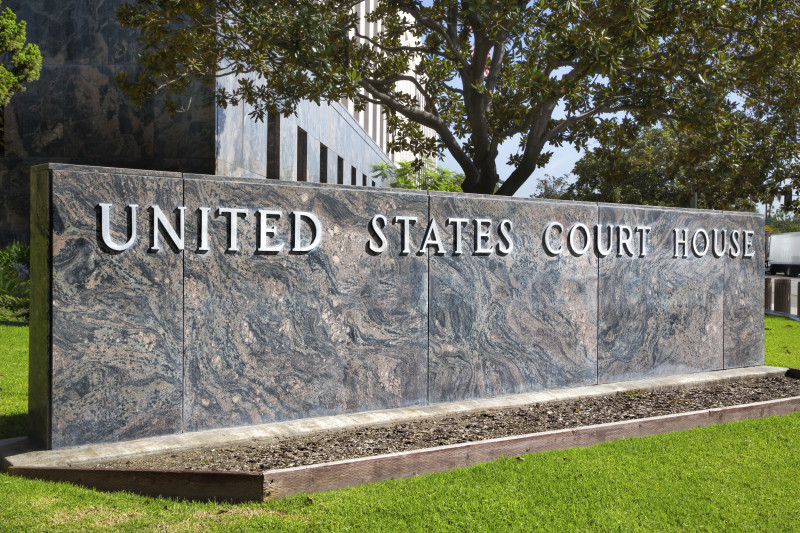All right, today we drill down a bit on a rather tedious subject: civil procedure. I need to explain how your artificial hip case may start in your local state court or nearby federal court but then wind up in a federal court hundreds of miles away. It may seem random and chaotic, but with the rise in the number of failed medical devices like artificial hips, multidistrict litigation is an efficient and useful way to process thousands of lawsuits against a medical device manufacturer.
What is Multidistrict Litigation?
When a large number of products liability cases are filed in courts all over the country, all of which involve the failure of a single product, and which has caused similar injury to many individuals, a single court may be chosen to consolidate the cases into one “multidistrict litigation” (“MDL”). From this one court the designated federal judge will manage the discovery, hear motions, resolve pre-trial issues, possibly preside over bellwether trials, and even monitor global settlement discussion.
Congress Established the MDL
The United States Congress (28 U.S.C. § 1407) has authorized the federal court system to create a process to manage related, complex civil lawsuits, including medical device cases. The statute created a governing body known as the Judicial Panel on Multidistrict Litigation (“JPML”). This panel has the authority to allow the transfer of related cases to one federal judge or court for the purpose of coordinating pretrial discovery and resolving other issues prior to trial. The JPML is made up of seven federal judges based throughout the United States, all of whom are appointed by the Chief Justice of the U.S. Supreme Court. The main office for the JPML is in Washington, D.C.
In a typical MDL, once the discovery and pretrial matters have been completed, the appointed federal judge usually directs that cases be “remanded” (sent back) to the districts in which the case was originally filed, but often the case will remain with the MDL judge and the case is either settled or tried in that court.
The Case of “Joe”
It usually goes something like this: a person—let’s call him “Joe”—undergoes hip replacement surgery. In the following months or years, the artificial hip components inside Joe’s body fail. Joe must then undergo surgery, called a “revision surgery,” to remove the defective hip components and replace them with new, nondefective (is that even a word?) hip parts (not to mention all the damage which may have occurred in the hip socket or other parts of the hip and leg). From there, Joe would learn that the original hip components were flawed or defective, and that the manufacturer was potentially negligent in one or many ways in bringing the product to market. Joe then hires an attorney, who files a lawsuit in the federal court nearest Joe’s home. From there, the attorney has the option—which is not required—to transfer the case to the multidistrict litigation site for that specific failed medical product. In the case of the Depuy ASR hip system, the multidistrict litigation was designated to be the Northern District of Ohio in Toledo, with Judge David A. Katz serving as the presiding judge. (In the Zimmer Durom hip cases, the multidistrict litigation is “MDL 2158,” in the District of New Jersey, with Judge Susan D. Wigenton presiding.)
Once Joe’s case is transferred to the appropriate MDL, the case moves forward with an involved procedure consisting of sharing key information among the parties (this sharing of information is known as “discovery”). The MDL is perhaps most useful because it allows for the consolidation of key discovery. This means the parties can take hundreds of key depositions, including the many expert witnesses lined up on both sides, and share millions of pages of written discovery, then consolidate this huge amount of information in such a way that every plaintiff who joins the MDL can access the discovery and use it in their cases. This is critically important, because otherwise every single plaintiff in every single individual case, including Joe, would have to take the same depositions and request the same documents, over and over again. This inefficiency, of course, would be a nightmare, for the defendant-manufacturer but also for the individual client, like Joe.
MDL Is Not a Class Action Lawsuit
Keep in mind, “multidistrict litigation” is not a class action lawsuit. A class action is a very different animal. I will post an article on class actions later, but with multidistrict litigation “Joe” will move through the court system with his individual case, and will eventually settle his case independently or choose to have his case tried.
MDL Client Has Control Over Key Decisions
It is important to note that throughout this process, the client always has control over the key decisions in the case. Joe would not be not required to join the MDL; Joe would not be required to accept a settlement, even if the plaintiffs’ committee and the defendants’ committee agreed to a comprehensive settlement plan; Joe can always “opt out” of settlement and have his case tried to a jury, either in the MDL or back in his home court. I will discuss comprehensive settlements and the rights of clients in a later post.
 North Carolina Product Liability Lawyer Blog
North Carolina Product Liability Lawyer Blog


